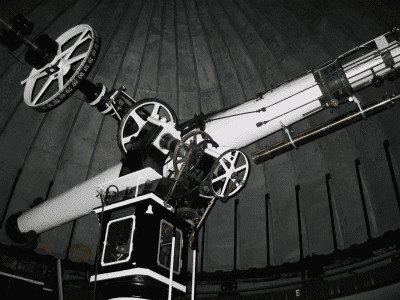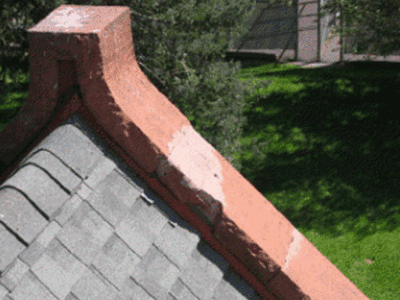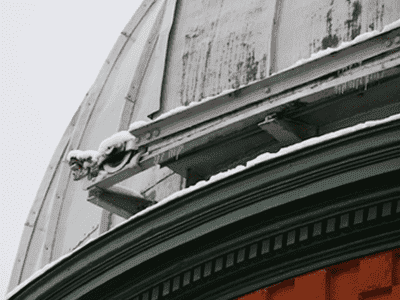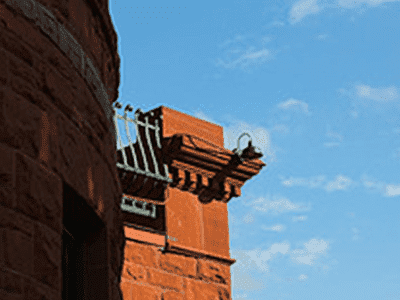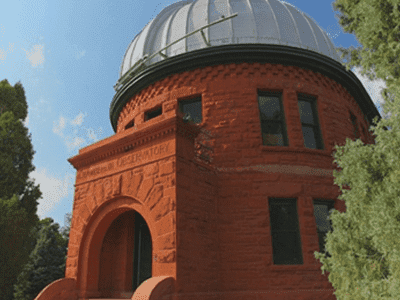Eliminating Water Penetration and Stabilizing Foundations at Denver's Historic Observatory
Location: Denver, CO
Age/Built: 1890-1894
Moisture Prevention, Services, Stabilization of Historic Structures, Testing and Analysis

Project Background:
- Chamberlin Observatory is owned and maintained by the University of Denver and has been in continuous operation by the school since July of 1894
- Listed on the National Register of Historic Places, it was designed by one of Denver’s first architects, Robert S. Roeschlaub
- The Observatory building houses an astronomical library, classrooms, and scientific artifacts, including an 1894 Alvan Clark-Saegmuller 20-inch refracting telescope
Challenges Presented:
- The historic walls at the Observatory were permitting disastrous amounts of water permeation, threatening several areas of architectural and astronomical heritage
- Affected areas included the foundation walls and the main telescope support columns
- Masonry Solutions International was contracted to study the existing conditions in the foundations, rotunda walls, and roofing to implement a repair plan and moisture prevention program
Services and Solutions:
- MSI technicians began by evaluating current conditions onsite, providing the university’s team with a survey of the interior and exterior issues present
- This evaluative phase included mapping mortar hardness throughout the structure by using pendulum hammer testing and borescoping the foundations to identify voids within the walls
- Guided by MSI’s report, school officials determined that simply repointing the observatory’s mortar was not the answer, as voids patterns present in the walls were the main culprits related to moisture permeation
- Injection of the stone foundations was requested instead
- Masonry Solutions laboratory engineers generated a typical wall section of the foundation and used this to develop a custom CIF mix, one that would match the host’s properties such as compressive strength and vapor transmission
- Masonry Solutions then designed a specific low pressure injection protocol, which MSI techs followed onsite, solidifying the foundations and eliminating pathways for moisture to travel
- Once complete, further NDE was carried out to ensure that voided areas were fully repaired and water infiltration would no longer plague the observatory’s historic fabric


